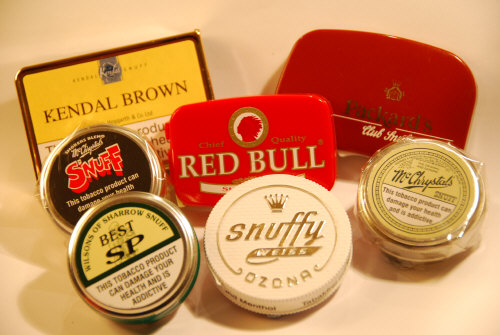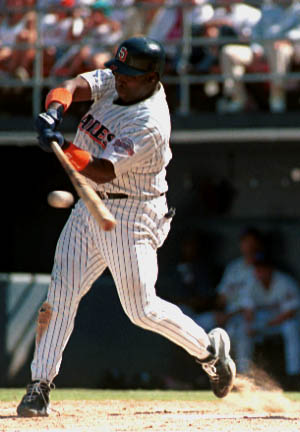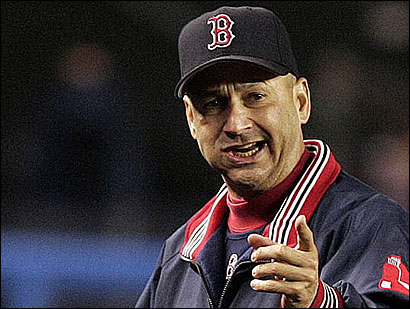Substituting Smokeless Tobacco for Smoking Will Save Lives?
Posted on
Samples of smokeless tobacco
Substituting smokeless tobacco products can save smokers’ lives, and there is a scientific foundation that proves it.
That is the message Brad Rodu, D.D.S., professor of medicine at the University of Louisville (UofL) School of Medicine and the Endowed Chair in Tobacco Harm Reduction at UofL’s James Graham Brown Cancer Center, delivered at the Annual Meeting of the American Association for the Advancement of Science Feb. 18. Rodu spoke at the session, “Harm Reduction: Policy Change to Reduce the Global Toll of Smoking-Related Disease.”
“Quit or die: That’s been the brutal message delivered to 45 million American smokers, and it has helped contribute to 443,000 deaths per year, according to statistics from the Centers for Disease Control and Prevention,” Rodu said. “The truth, however, is that total nicotine and tobacco abstinence is unattainable and unnecessary for many smokers.”
There is one interesting part of the study.
“Nicotine is addictive, but it is not the cause of any smoking-related disease. Like caffeine, nicotine can be used safely by consumers,” Rodu said.
And, the evidence?
Decades of epidemiologic research bear out Rodu’s findings. While no tobacco product is completely safe, smokeless products have been shown to be 98 percent safer than cigarettes. In the United Kingdom, the Royal College of Physicians reported in 2002 that smokeless tobacco is up to 1,000 times less hazardous than smoking, and in 2007, further urged world governments to seriously consider instituting tobacco harm reduction strategies as a means to save lives.
To see the proof of what tobacco harm reduction can do, look to Sweden, Rodu said. “Over the past 50 years, Swedish men have had Europe’s highest per capita consumption of smokeless tobacco as well as Europe’s lowest cigarette use. During the same time, they also have the lowest rate of lung cancer than men in any other European country.”
While I would not recommend my patients to start smokeless tobacco or e-cigarettes, the evidence is there that if they cannot quit using smoking cessation programs at least recommend that they switch to another nicotine delivery system.
Rodu is well aware of the controversy his research findings generate. Opponents of any use of nicotine delivery products maintain that smokeless tobacco puts the user at great risk for oral cancer, a position not supported by research.
“The risk of mouth cancer among smokeless tobacco users is extremely low — certainly lower than the risk of smoking-related diseases among smokers,” he said. “The annual mortality rate among long-term dry snuff users is 12 deaths per 100,000 and the rate among users of more popular snus, moist snuff and chewing tobacco is much lower. For perspective, the death rate among automobile users is 11 per 100,000 according to a 2009 report from the National Highway Traffic Safety Administration. Compare those to the rate among smokers: more than 600 deaths per 100,000 every year.”
“The data clearly show that smokeless tobacco users have, at most, about the same risk of dying from mouth cancer as automobile users have of dying in a car wreck.”
In summary, as far as far as death is concerned: cigarettes (smoked tobacco)> smokeless tobacco> e-cigarettes> or = car wreck.



